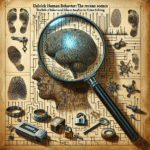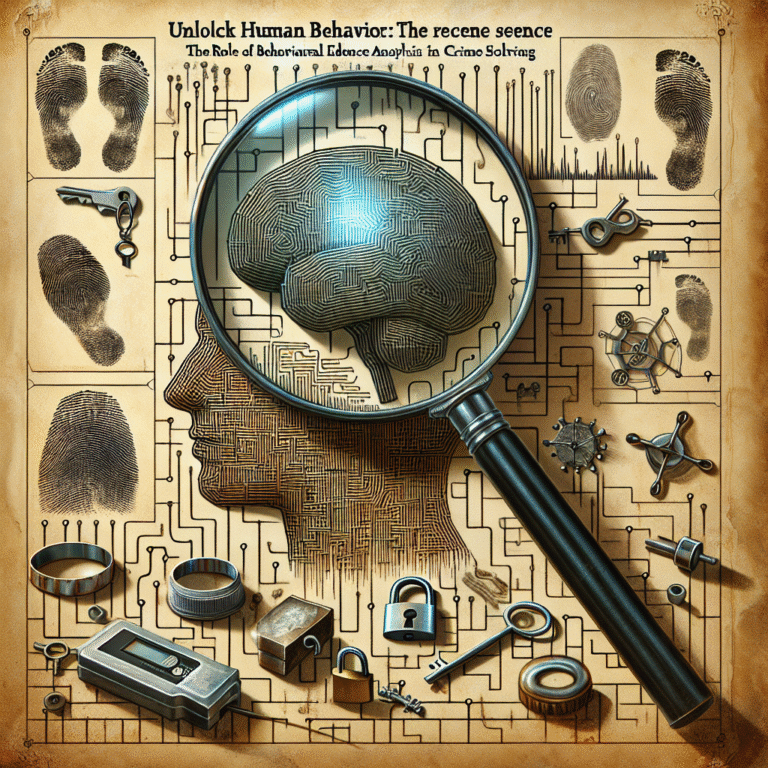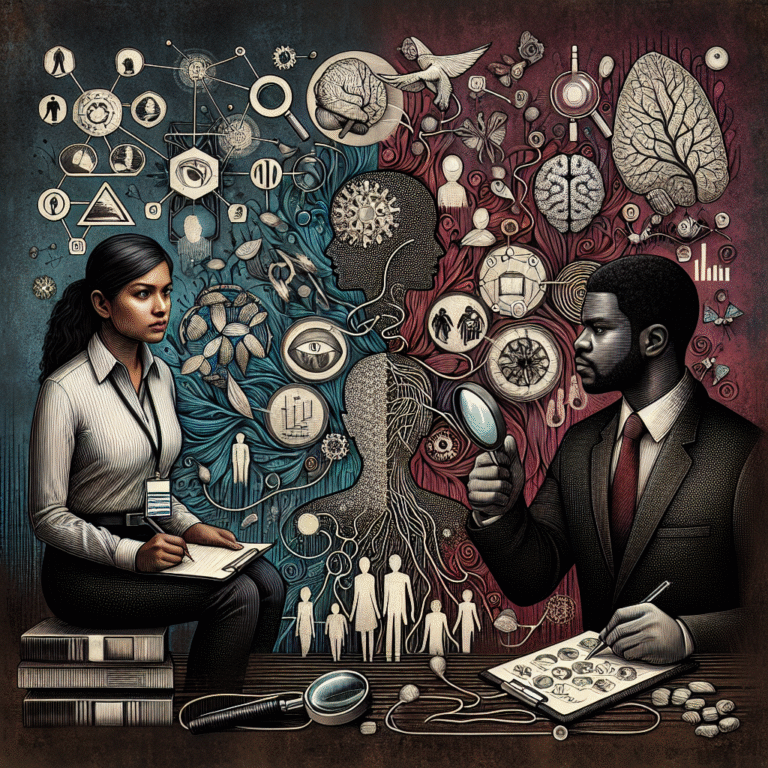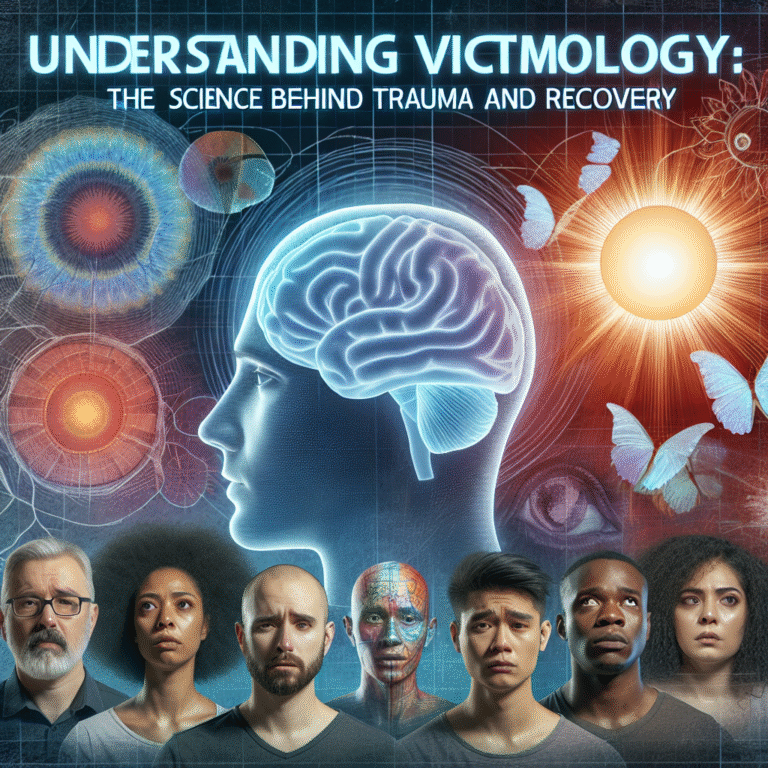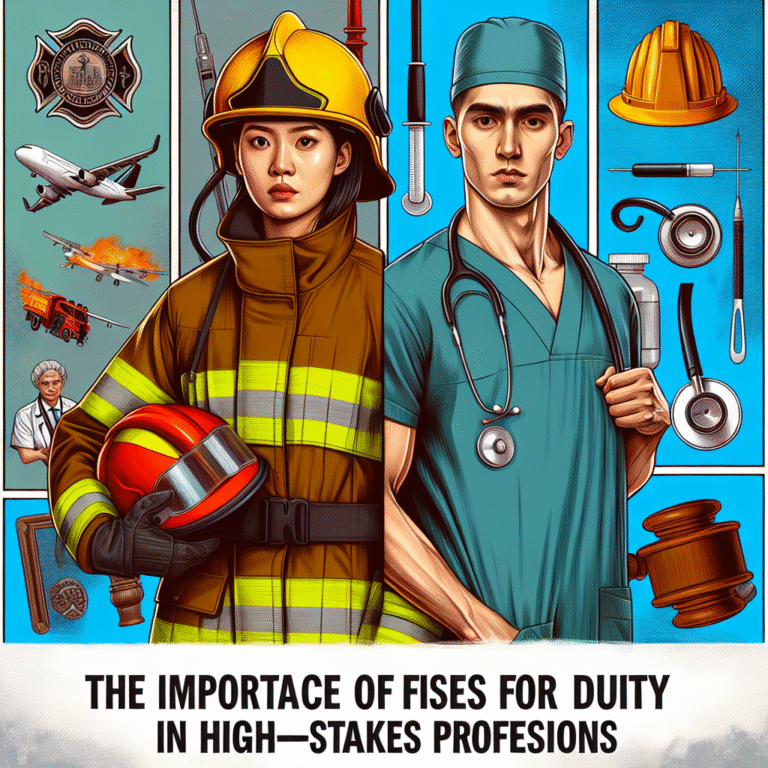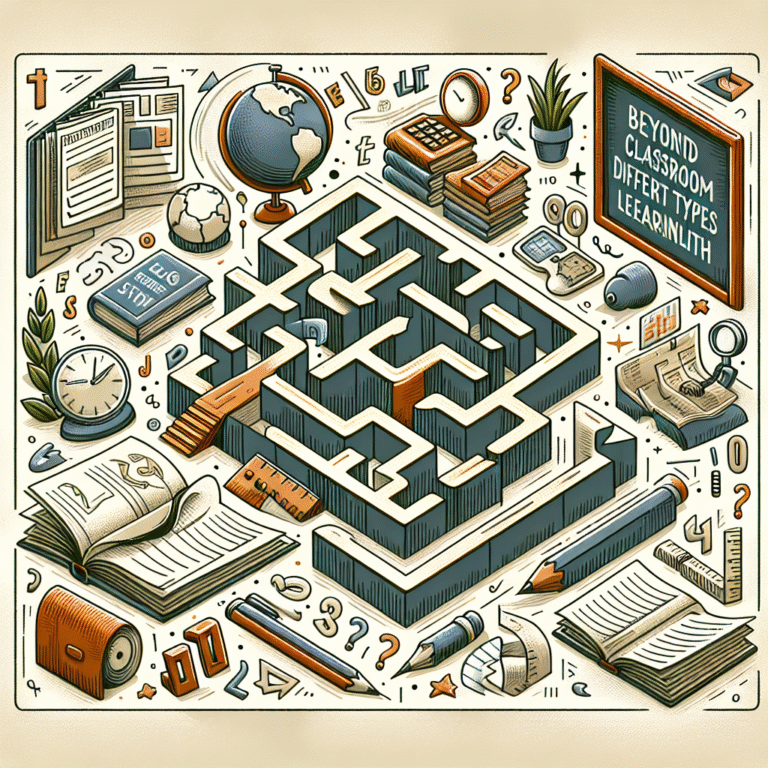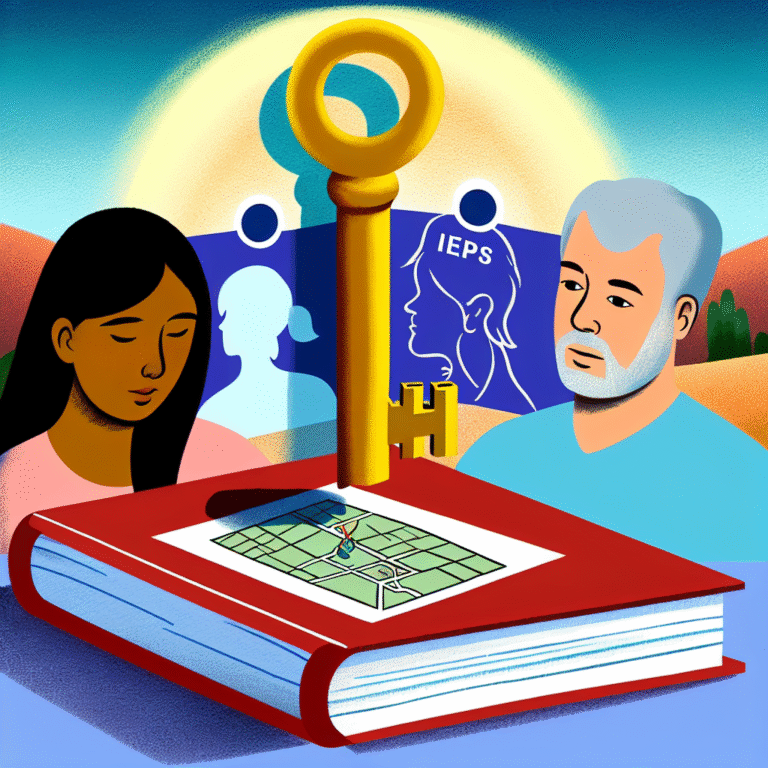Introduction
Brain injuries are often termed the “invisible epidemic” due to their complex symptoms and life-altering consequences. Each year, millions suffer from these injuries, yet many remain unaware of their rights and the compensation they may be entitled to. Understanding how to navigate the complex legal landscape surrounding brain injury litigation is crucial. This article, From Diagnosis to Compensation: A Comprehensive Look at Brain Injury Litigation, provides invaluable insights into the intricacies of pursuing justice and compensation for brain injuries. We’ll explore the journey from diagnosis to necessary legal actions, leveraging real-world case studies, expert insights, and practical advice for anyone impacted by brain injuries.
The Impact of Brain Injuries
Understanding Brain Injuries
Brain injuries can be classified into two primary categories: Traumatic Brain Injuries (TBI) and Acquired Brain Injuries (ABI). TBIs result from external forces, such as falls, car accidents, and violence, while ABIs stem from internal factors, including strokes and tumors. According to the Centers for Disease Control and Prevention (CDC), about 1.5 million people sustain a TBI each year in the U.S., with many experiencing long-term disabilities.
Case Study: The Reality of TBI
Consider the case of John, a 34-year-old construction worker who suffered a TBI after a fall from scaffolding. He experienced memory loss, difficulty in speech, and emotional changes. John’s worklife was irrevocably altered, leading to severe financial strain. This real-life scenario underscores the profound, often debilitating effects of brain injuries, emphasizing the necessity of understanding From Diagnosis to Compensation: A Comprehensive Look at Brain Injury Litigation.
Diagnosis: The Initial Step
Recognizing Symptoms
The first step in addressing a potential brain injury is recognition. Symptoms can vary widely and might include:
- Headaches
- Confusion
- Dizziness
- Mood changes
- Memory issues
Medical Evaluation
A thorough evaluation by a healthcare professional is essential. Diagnostic tests such as a CT scan or MRI may be employed to ascertain the extent of the injury. Accurate diagnosis is pivotal, as it lays the groundwork for medical treatment and potential legal claims.
Building a Case: The Legal Aspects
Establishing Liability
Liability in brain injury cases typically falls under negligence. Establishing that another party’s actions resulted in the injury involves several factors:
- Duty of Care: The responsible party owed a duty of care.
- Breach of Duty: They violated that duty through negligent actions.
- Causation: The breach directly led to the injury.
- Damages: Actual damages occurred as a result.
Gathering Evidence
Strong evidence is crucial in brain injury litigation. This can include:
- Medical records
- Witness statements
- Expert testimonies
- Accident reports
Case Study: Establishing Liability
In the case of Sara, a pedestrian struck by a drunk driver, the court found the driver liable for damages. Medical records revealed Sara suffered from a concussion and significant emotional distress. This case exemplifies the importance of gathering concrete evidence and understanding From Diagnosis to Compensation: A Comprehensive Look at Brain Injury Litigation to secure rightful compensation.
Compensation: What to Expect
Types of Compensation
Compensation can cover a wide array of damages, including:
- Medical Expenses: Costs for medical treatment, rehabilitation, and therapy.
- Lost Wages: Compensation for income lost due to the inability to work.
- Pain and Suffering: Non-economic damages for emotional distress.
- Loss of Consortium: Compensation for impacts on relationships.
Calculating Damages
Calculating damages can be complex, involving both quantitative and qualitative measures. Economic damages are typically easier to quantify, while non-economic damages require subjective assessment.
Case Study: Navigating Compensation
The case of Tom, a car accident victim who suffered a brain injury, demonstrates the compensation journey. Tom’s attorney helped him successfully claim benefits covering medical costs and pain and suffering, emphasizing the need for skilled legal representation when navigating From Diagnosis to Compensation: A Comprehensive Look at Brain Injury Litigation.
Legal Representation: Why It Matters
Choosing the Right Attorney
Selecting an attorney experienced in brain injury litigation can make or break a case. Look for someone who specializes in personal injury law and understands the nuances of brain injuries. An experienced attorney will guide you, ensuring all legal avenues are explored, and you receive fair compensation.
Working with Experts
In brain injury cases, legal teams often collaborate with medical experts to validate claims and substantiate damage calculations. These professionals can provide insights into the long-term implications of brain injuries, helping to strengthen your case.
Case Study: The Power of Representation
In the case of Anita, who suffered a brain injury during a surgical procedure, her legal team engaged medical experts who testified about the negligence involved. This strategic move helped secure a substantial settlement, illustrating the impact an adept legal representative can have in the realm of From Diagnosis to Compensation: A Comprehensive Look at Brain Injury Litigation.
Trial vs. Settlement: Making the Choice
The Settlement Process
Most brain injury cases settle before reaching trial. Settlements can provide quicker compensation without the stress and unpredictability of a trial. However, accepting a settlement often requires balancing immediate financial needs against the potential for higher compensation after a trial.
The Trial Process
If a fair settlement cannot be reached, pursuing a trial may be necessary. Trials can be lengthy and expensive, but they can result in higher awards. Understanding the dynamics of trial litigation is essential when contemplating your options.
Case Study: Settlement vs. Trial
In the case of Mark, who faced a lengthy legal battle after a car accident, he initially rejected a settlement offer. However, after extensive negotiations and expert testimonies during trial, he received a much higher compensation, demonstrating the pros and cons of settling versus going to trial in the context of From Diagnosis to Compensation: A Comprehensive Look at Brain Injury Litigation.
Conclusion
Navigating the complex terrain from diagnosis to compensation for brain injuries requires knowledge, support, and strategic planning. Understanding the legal framework, the importance of robust medical evidence, and the role of experienced representation can significantly influence outcomes. Embracing this journey can empower those affected by brain injuries to reclaim their lives, ensuring they receive the justice and compensation owed to them. Let this article serve as a guide, illuminating the path to resilience and recovery.
FAQs
1. What are the common symptoms of a brain injury?
Common symptoms include headaches, dizziness, memory loss, mood swings, and difficulty concentrating.
2. How can I determine if I have a valid brain injury claim?
If another party’s negligence caused your injury, you may have a valid claim. Consulting with a personal injury attorney can provide clarity.
3. How long do I have to file a brain injury claim?
Statutes of limitations vary by state but typically range from 1 to 3 years. It’s crucial to act swiftly.
4. What types of compensation can I receive?
Compensation may cover medical bills, lost wages, pain and suffering, and related expenses.
5. Is it necessary to hire a lawyer for a brain injury case?
While not mandatory, hiring a lawyer with experience in brain injury litigation can significantly enhance your chances of a favorable outcome.
Navigating the realm of brain injury litigation is undoubtedly complex, but with the right knowledge and support, those affected can find their way to justice and recompense. This guide, From Diagnosis to Compensation: A Comprehensive Look at Brain Injury Litigation, is a step toward reclaiming not just financial stability, but also dignity and hope.


